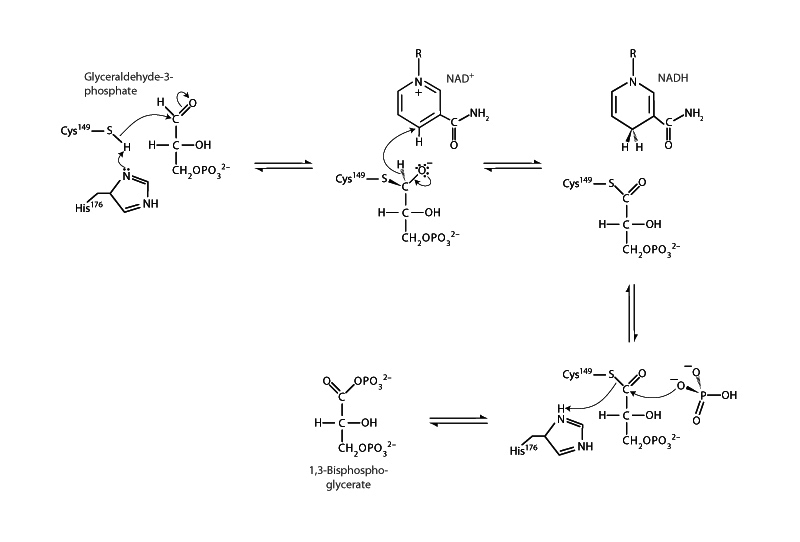Interdisciplinary Note (4 of 20)
The core subjects of mechanics are kinematics, Newton's laws, and work & energy. These provide a framework to conceptualize the changes that happen in the world at their most fundamental level. For MCAT review, the subjects have an aspect as a set of problem solving skills. The traditional problems from physics 101. Free-fall. The inclined plane. An object sliding to rest. There are a few dozen prototypes. On the exam, there are likely to be a few straightforward problems like these. A learning goal is to build experience for mechanics problem solving. You do the practice items in your MCAT bookset and the Integrated MCAT Course practice items to build the skills to make short work of the few straightforward mechanics problems on the MCAT that do show up.
We don't want to trivialize the importance of basic, traditional, quantitative problem solving for the MCAT. The dozen times on the exam you will need to use your whiteboard to solve a quantitative problem, it's important for the exercise to be competent and fast.
Although the traditional, quantitative problems are important, and we practice them in anticipation of quickly disposing of them the few times they show up on the exam, the more important reason we do all these problems is to build a form of tacit knowledge that helps you conceptualize change in physical systems in a general way. This is a foundation for everything coming later.
In this course we have introduced electrostatic force early so that we can do a share of the mechanics work within the context of simple electrostatic systems. We have the model system in which a charged particle is moving in the space between two parallel charged plates. We also look at systems of charged particles. We learn to describe how different scenarios play out in terms of kinematics, dynamics, and work & energy. This classical physics modeling of electrostatic systems provides us with tools to conceptualize things like an electrophoresis gel or the membrane potential of a neuron. Furthermore, it will help us understand the changes that matter undergoes at the level of the atom, chemical bonding, and intermolecular level in chemical transformations.
We will extend our understanding to a whole system of particles, moles of particles we measure in grams. Now our ideas are thermodynamic ideas. Electrostatic potential energy change has become internal energy change for the system. This will give us a basis to understand the heat flow that occurs between the system and the surroundings. We are on the way to the understanding of the free energy change, ΔG, which underlies chemical spontaneity and equilibrium. It all begins with grinding out these quantitative problems in mechanics. We are laying a cornerstone of our conceptual foundation for general chemistry, organic chemistry, and biochemistry. We are on the way to being sophisticated about energy flow in living systems.
